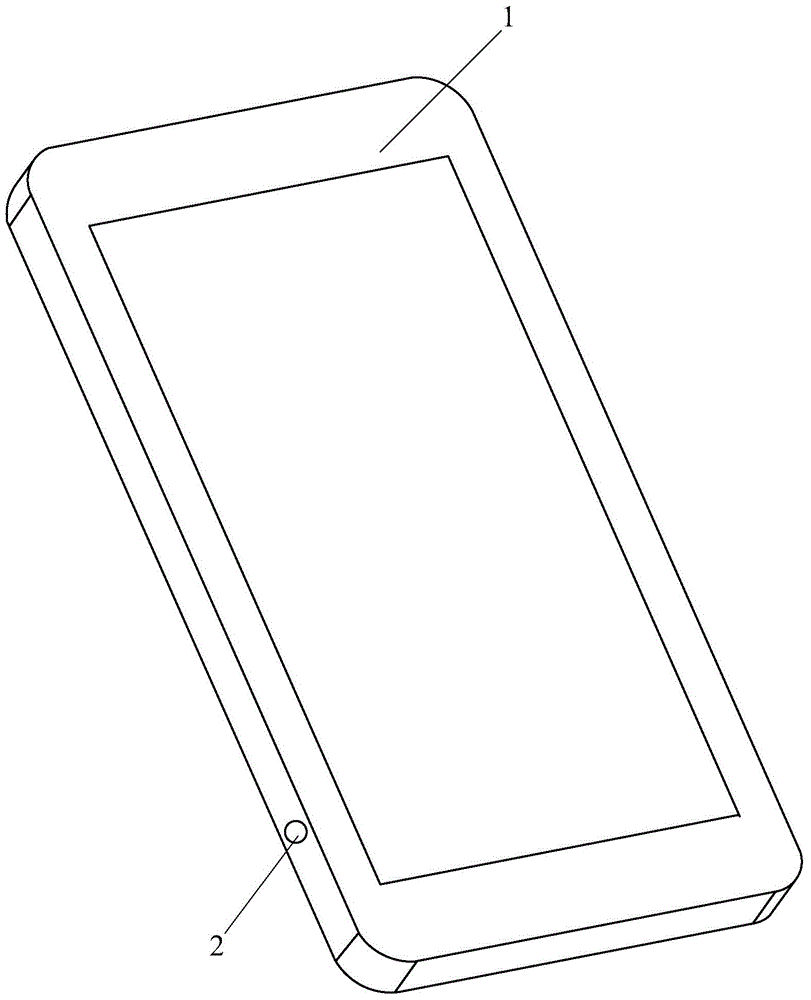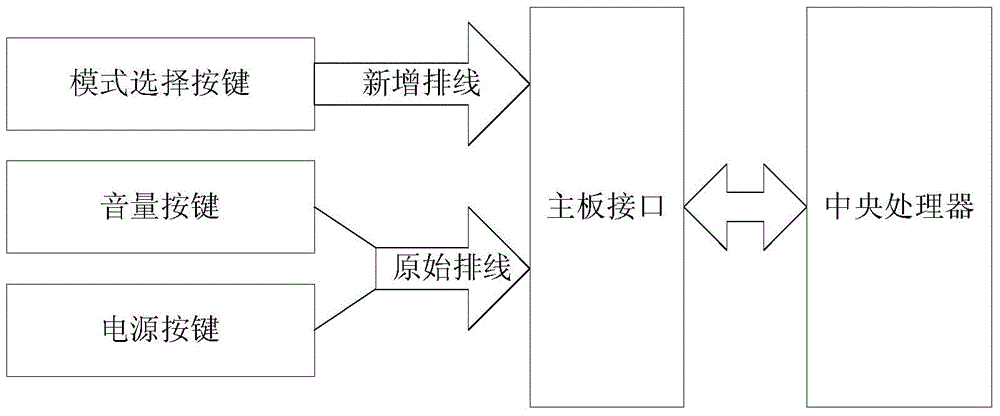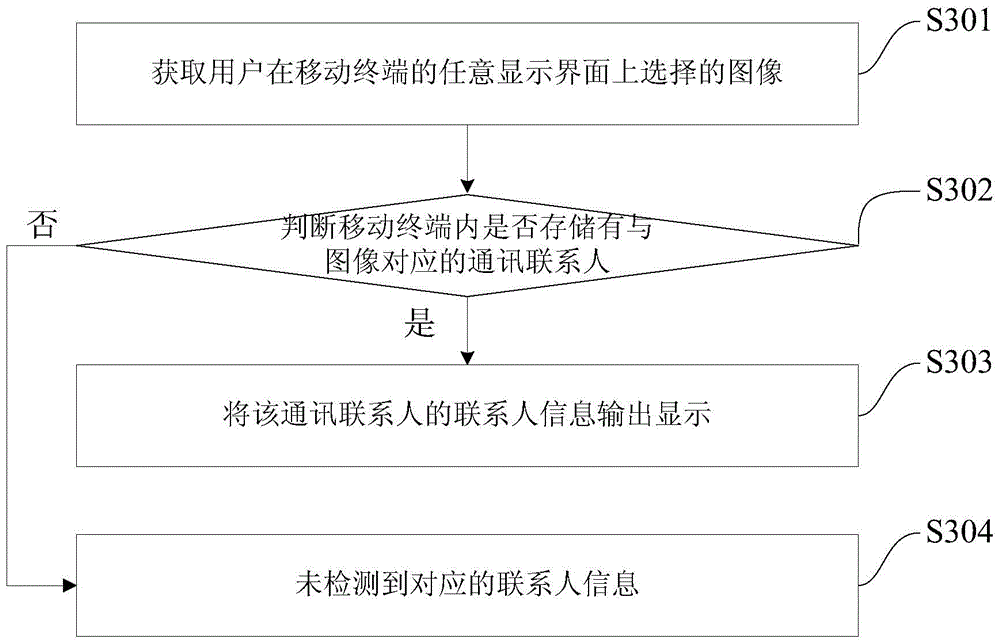Mobile terminal and method and device for fast retrieval of linkman information thereof
A technology for contact information and mobile terminals, which is used in telephone communications, instruments, computing, etc., and can solve problems such as powerlessness, low retrieval efficiency, and lack of recognition for text and character users.
- Summary
- Abstract
- Description
- Claims
- Application Information
AI Technical Summary
Problems solved by technology
Method used
Image
Examples
Embodiment Construction
[0046] In order to make the object, technical solution and advantages of the present invention clearer, the present invention will be further described in detail below in conjunction with the embodiments and accompanying drawings. Here, the exemplary embodiments and descriptions of the present invention are used to explain the present invention, but not to limit the present invention.
[0047] The specific embodiment of the present invention will be further described in detail below in conjunction with the accompanying drawings.
[0048] Any display interface involved in all the following embodiments of the present invention mainly refers to a display interface displaying a portrait image of a person, or a display interface displaying a name or name.
[0049] The mobile terminal of the embodiment of the present invention is an improvement on the basis of existing mobile terminals (such as mobile phones), refer to figure 1 with figure 2 As shown, a mode selection button 2 fo...
PUM
 Login to View More
Login to View More Abstract
Description
Claims
Application Information
 Login to View More
Login to View More - R&D
- Intellectual Property
- Life Sciences
- Materials
- Tech Scout
- Unparalleled Data Quality
- Higher Quality Content
- 60% Fewer Hallucinations
Browse by: Latest US Patents, China's latest patents, Technical Efficacy Thesaurus, Application Domain, Technology Topic, Popular Technical Reports.
© 2025 PatSnap. All rights reserved.Legal|Privacy policy|Modern Slavery Act Transparency Statement|Sitemap|About US| Contact US: help@patsnap.com



